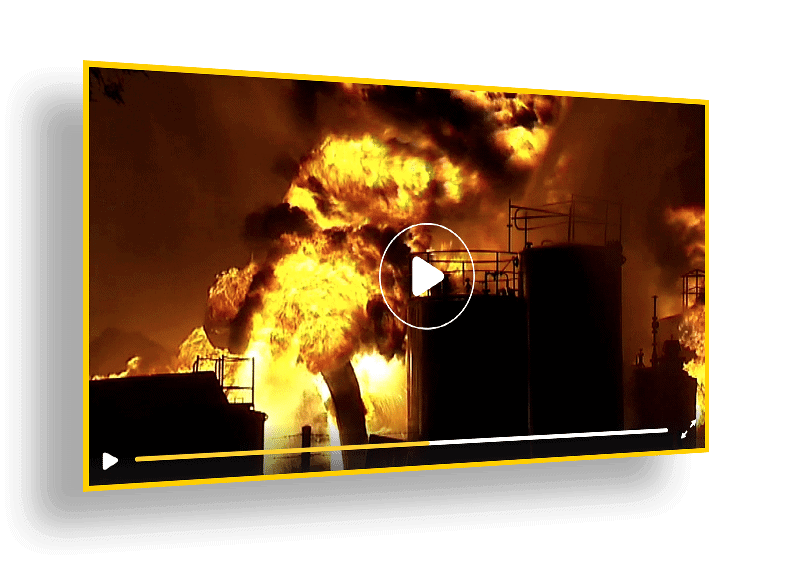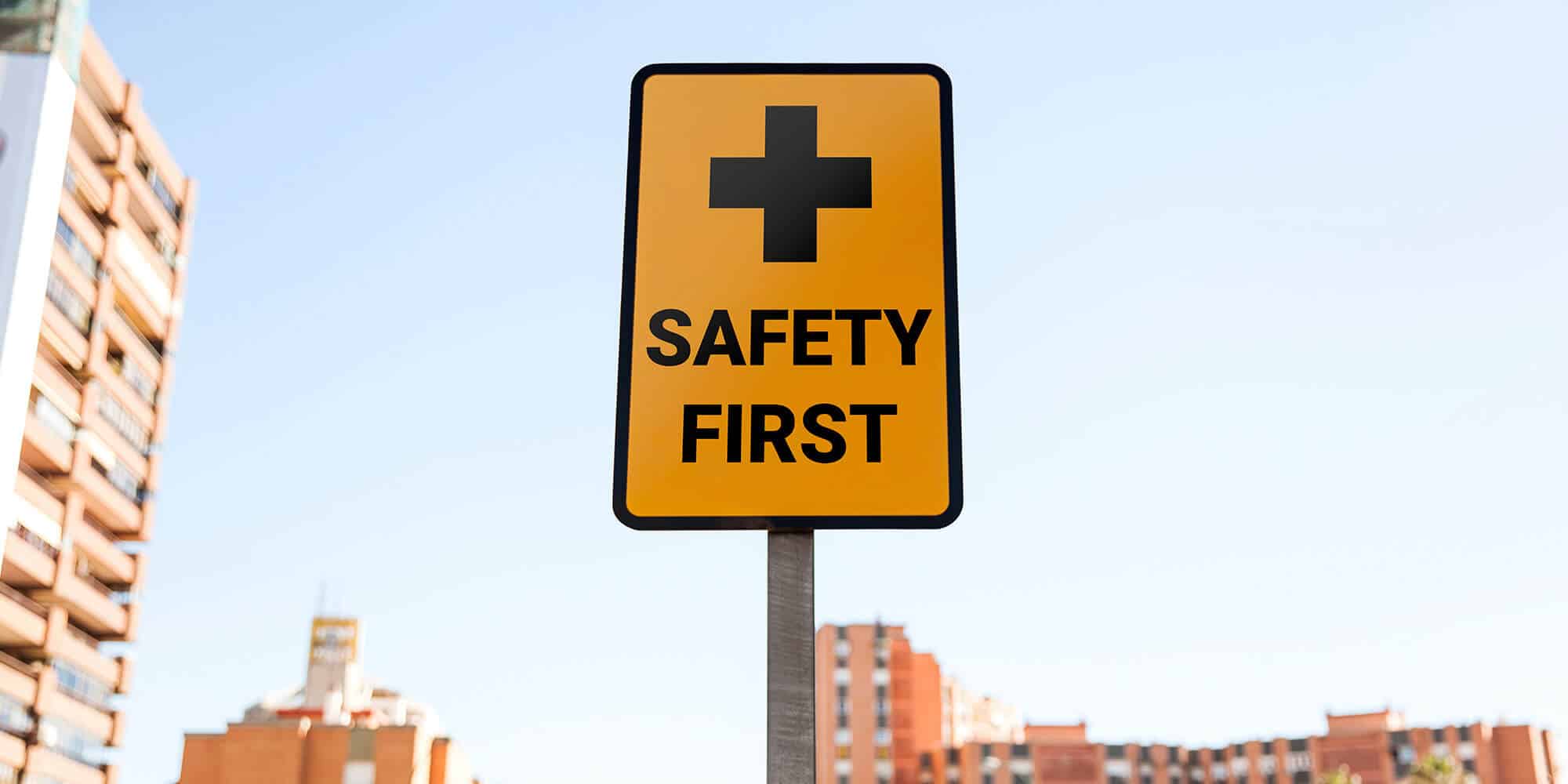Workplace fires pose a significant threat to the safety of all employees and the overall well-being of an organization. It is crucial for employers and employees to be well-prepared and knowledgeable about fire prevention and response protocols. In this article, we’ll explore some essential fire safety measures – including prevention strategies and effective response techniques. Additionally, we’ll highlight the features and benefits of video safety training in enhancing fire safety preparedness in the workplace.
Understanding Fire Hazards:
Familiarize yourself with the common causes of workplace fires, such as faulty electrical equipment, flammable substances, improper storage of combustible materials and inadequate fire safety measures. Video safety training can provide visual examples of potential fire hazards, making it easier for employees to recognize and address such risks.
Fire Prevention Measures:
Implementing fire prevention measures is essential in minimizing the risk of workplace fires. Video safety training can educate employees on the importance of maintaining a clean and clutter-free workspace, properly storing flammable materials, regularly inspecting electrical equipment, and adhering to fire safety regulations and guidelines.
Fire Safety Equipment and Systems:
Ensure that your workplace is equipped with appropriate fire safety equipment and systems. Video safety training can effectively demonstrate the correct usage of fire extinguishers, fire sprinkler systems, smoke detectors and emergency exits. By simulating fire scenarios in videos, employees can better understand how these systems work and how to activate them during emergencies.

Emergency Evacuation Procedures:
Develop and practice well-defined emergency evacuation procedures. Video safety training can provide employees with step-by-step instructions on evacuating the premises, identifying emergency exits and assembly points. Simulating evacuation scenarios through videos helps employees become familiar with the evacuation routes and understand the importance of remaining calm and orderly during an evacuation.
Fire Response and Safety Training:
Training employees on fire response protocols is crucial to ensure a swift and effective response during emergencies. Video safety training can provide comprehensive guidance on how to assess the severity of a fire, activate an alarm system and communicate the emergency to authorities. It can also teach employees basic firefighting techniques, such as the STOP, DROP, and ROLL technique for extinguishing personal clothing fires.
Importance of Early Detection:
Early detection of fires can significantly minimize the damage and increase the chances of a safe evacuation. Video safety training can educate employees on the significance of promptly reporting smoke, unusual odors or potential fire hazards to the designated authorities. It can also demonstrate the proper use of fire alarm systems and the importance of conducting regular fire drills.

Benefits of Video Safety Training for Fire Safety:
Video safety training offers several advantages in enhancing fire safety preparedness in the workplace. Firstly, it provides visual and interactive demonstrations, making it easier for employees to understand fire safety concepts and procedures.
Video training ensures consistency in delivering fire safety information to all employees, regardless of their location or shift schedule. This standardized approach helps maintain a high level of preparedness and safety awareness throughout an organization.
Video safety training can be accessed on-demand, allowing employees to refresh their knowledge on fire safety at any time. It can serve as a valuable resource for both new hires and existing employees, ensuring that fire safety protocols are consistently reinforced.

View the online collection of safety training video content organized around Fire Awareness and Protection. This collection of safety video content provides a diverse range of fire awareness training courses to help your employees learn about fire safety in the workplace.
Fire safety in the workplace is of utmost importance to protect employees and prevent potential devastation. By implementing fire prevention measures and providing comprehensive training on response protocols, organizations can significantly reduce the risk and impact of workplace fires. Video safety training plays a crucial role in enhancing fire safety preparedness by delivering engaging and informative content. Through visual demonstrations and interactive learning, video training equips employees with the knowledge and skills needed to prevent, respond to and mitigate workplace fires effectively.





